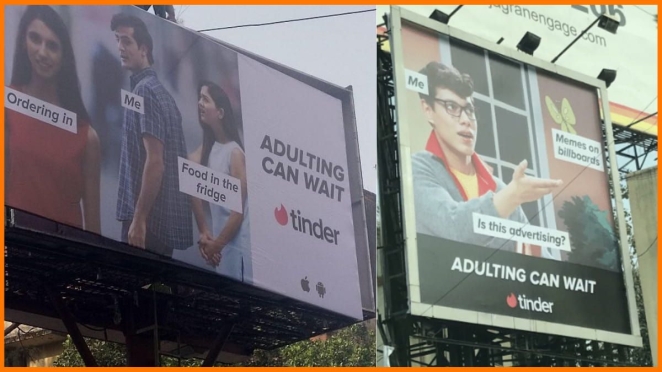Even if you don’t technically know what a meme is, chances are you have a good dozen or so of them living rent-free in your brain right now. They are, in essence, pop culture templates that exist to spread opinions as relatable jokes and at a time when attention spans have shrunk from minutes to seconds, they hold a very real power. Indeed, it could be argued that memes have helped shift millions of opinions, introduce people to ideas and concepts they would otherwise have been completely unaware of and even win elections.
It's a concept, however, with a surprisingly deep history that stretched back way before the turn of the century. Indeed, the term was first coined by evolutionary biologist (and famous atheist) Richard Dawkins in 1976. Dawkins originally referred to memes as ideas and cultural phenomena that spread within a culture but with the advent of the internet, meme evolved into digital formats, predominantly characterized by humorous and relatable content shared across social media platforms.

In the late 2000s, internet culture saw the rise of iconic meme formats like Advice Animals and Rage Comics, which laid the groundwork for future meme trends. These early memes were primarily image macros—images overlaid with text to create humorous, often relatable scenarios. By 2010, memes had solidified their place as a central element of internet humour and public discourse.
As memes became entrenched in online culture, brands began to recognize their potential as marketing tools. The concept of "memejacking," where brands co-opt popular memes to promote their products, emerged around 2012. Companies like Netflix and Domino’s have successfully incorporated memes into their ads, using the relatability and entertainment value of memes to engage with their target audiences.
The Strategic Use of Memes in Advertising

- Relatability and Engagement: Memes tap into shared experiences and cultural references, making them highly relatable. For instance, Microsoft's "AutoSave" meme ad resonates with anyone who has ever lost unsaved work, creating an instant connection with their audience.
- Humour and Virality: Humour is a key component of memes, making them perfect for virality. Brands like NUGGS use humour to create memorable ads that engage users and promote their products through popular meme formats.
- Cultural Relevance: Successful meme ads often reflect current events or popular culture. IKEA's ad featuring Bernie Sanders' iconic inauguration image is a prime example of a brand tapping into a viral moment to promote its products.
Lessons for Adland

- Authenticity is Key: Brands need to ensure their use of memes feels authentic and not forced. Gen-Z audiences, in particular, are adept at spotting inauthentic attempts to co-opt meme culture for financial gain. Brands that understand and respect meme culture are more likely to succeed.
- Know Your Audience: Different memes resonate with different demographics. Marketers must understand the cultural nuances of their target audience to select the right memes for their campaigns.
- Timeliness and Relevance: The fast-paced nature of meme culture means that what’s popular today might be outdated tomorrow. Brands need to be agile and timely in their use of memes to stay relevant.
- Balance Humour with Brand Messaging: While humour is a vital element of memes, it should not overshadow the brand message. Effective meme ads strike a balance between being funny and conveying the brand’s value proposition.
Final Thoughts
Memes have transformed over the last few decades from simple internet jokes to powerful tools for digital marketing. By understanding the history and subtle dynamics of memes, brands can create engaging, relatable, and culturally relevant ads that resonate with modern audiences. Ultimately, as with so much of advertising, it all comes down to knowing your audience and finding creatives ways to tell a story.





